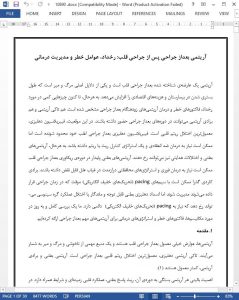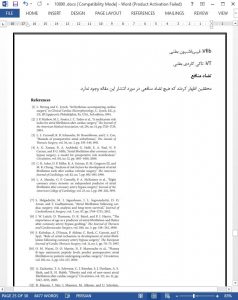Arrhythmias are a known complication after cardiac surgery and represent a major cause of morbidity, increased length of hospital stay, and economic costs. However, little is known about incidence, risk factors, and treatment of early postoperative arrhythmias. Both tachyarrhythmias and bradyarrhythmias can present in the postoperative period. In this setting, atrial fibrillation is the most common heart rhythm disorder. Postoperative atrial fibrillation is often self-limiting, but it may require anticoagulation therapy and either a rate or rhythm control strategy. However, ventricular arrhythmias and conduction disturbances can also occur. Sustained ventricular arrhythmias in the recovery period after cardiac surgery may warrant acute treatment and long-term preventive strategy in the absence of reversible causes. Transient bradyarrhythmias may be managed with temporary pacing wires placed at surgery, but significant and persistent atrioventricular block or sinus node dysfunction can occur with the need for permanent pacing. We provide a complete and updated review about mechanisms, risk factors, and treatment strategies for the main postoperative arrhythmias.
1. Introduction
Arrhythmias are very common complications after cardiac surgery and represent a major source of morbidity and mortality. Atrial tachyarrhythmia are the most common postoperative heart rhythm disorder. Ventricular arrhythmias and bradyarrhythmias are less frequent [1]. The clinical significance of each arrhythmia depends upon its duration, ventricular response rate, underlying cardiac function, and comorbidities. In fact, arrhythmias that may be well tolerated in a younger patient can be a major cause of morbidity and mortality after cardiac surgery for congenital heart disease [1, 2].
6. Conclusion
Postoperative arrhythmias are frequent in the cardiac surgery setting. The most frequently observed POAs are supraventricular tachyarrhythmias, especially AFib. The general issues for the treatment of supraventricular arrhythmias are similar to those recommended in other settings. The treatment of postoperative ventricular arrhythmias is less clear but is similarly based on general indications for the treatment of ventricular arrhythmias. Finally, bradyarrhythmias are also frequently observed after cardiac surgery due to the conduction system trauma. Although conduction disturbances often recover spontaneously, permanent pacemaker implantation may be required.










